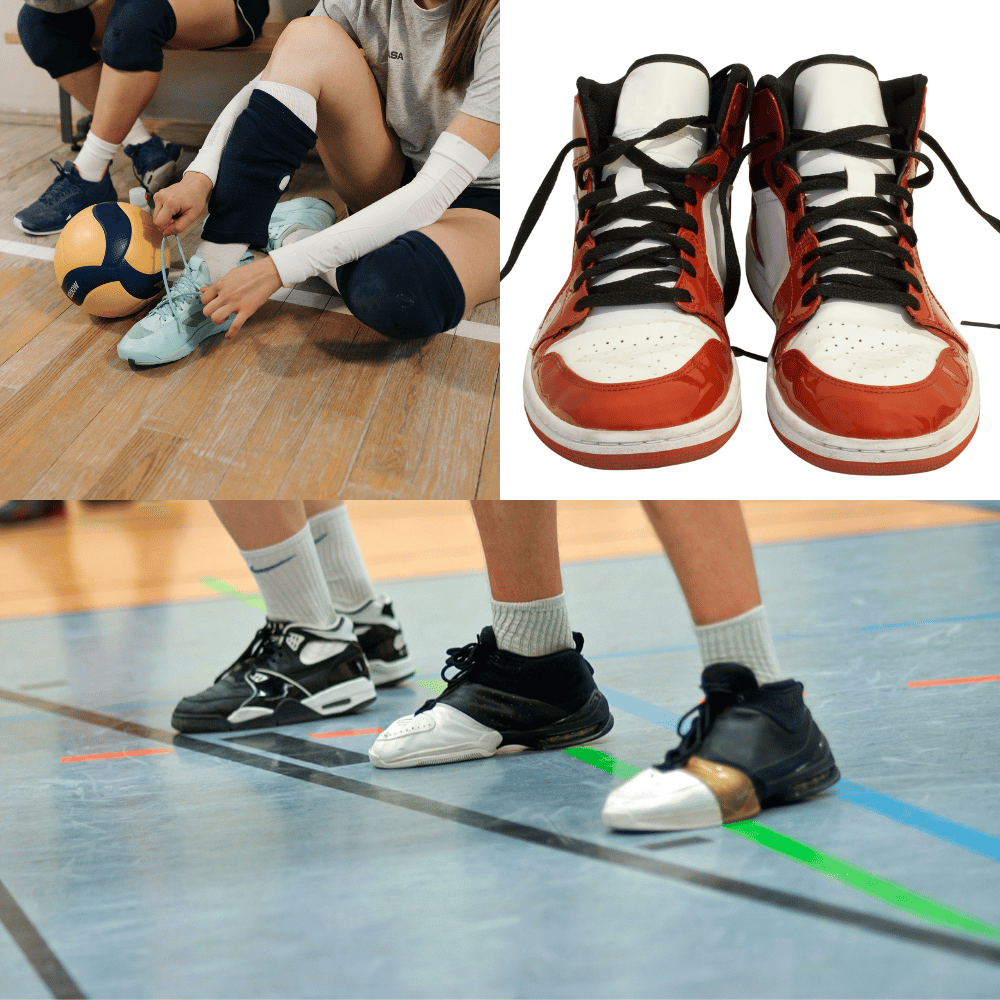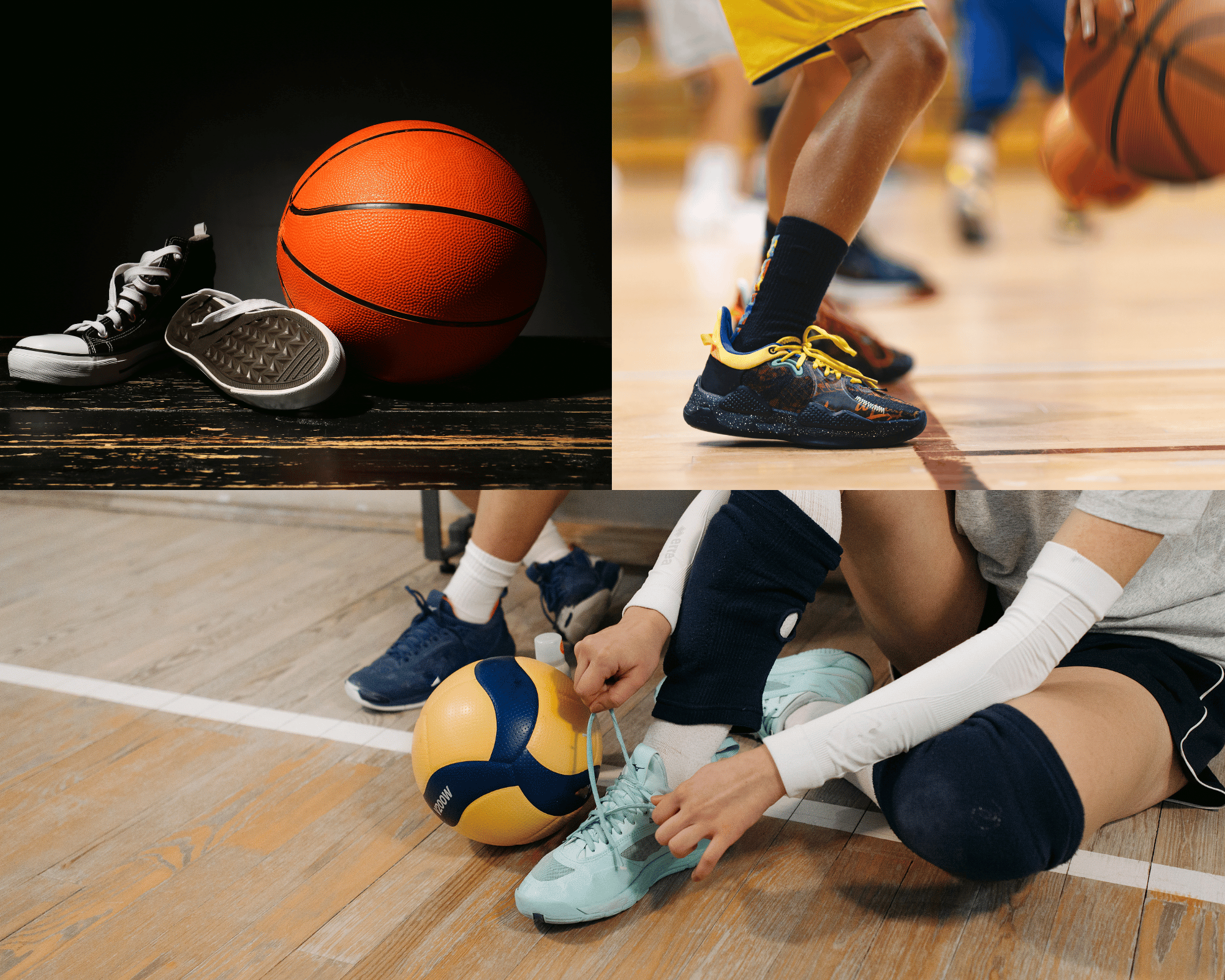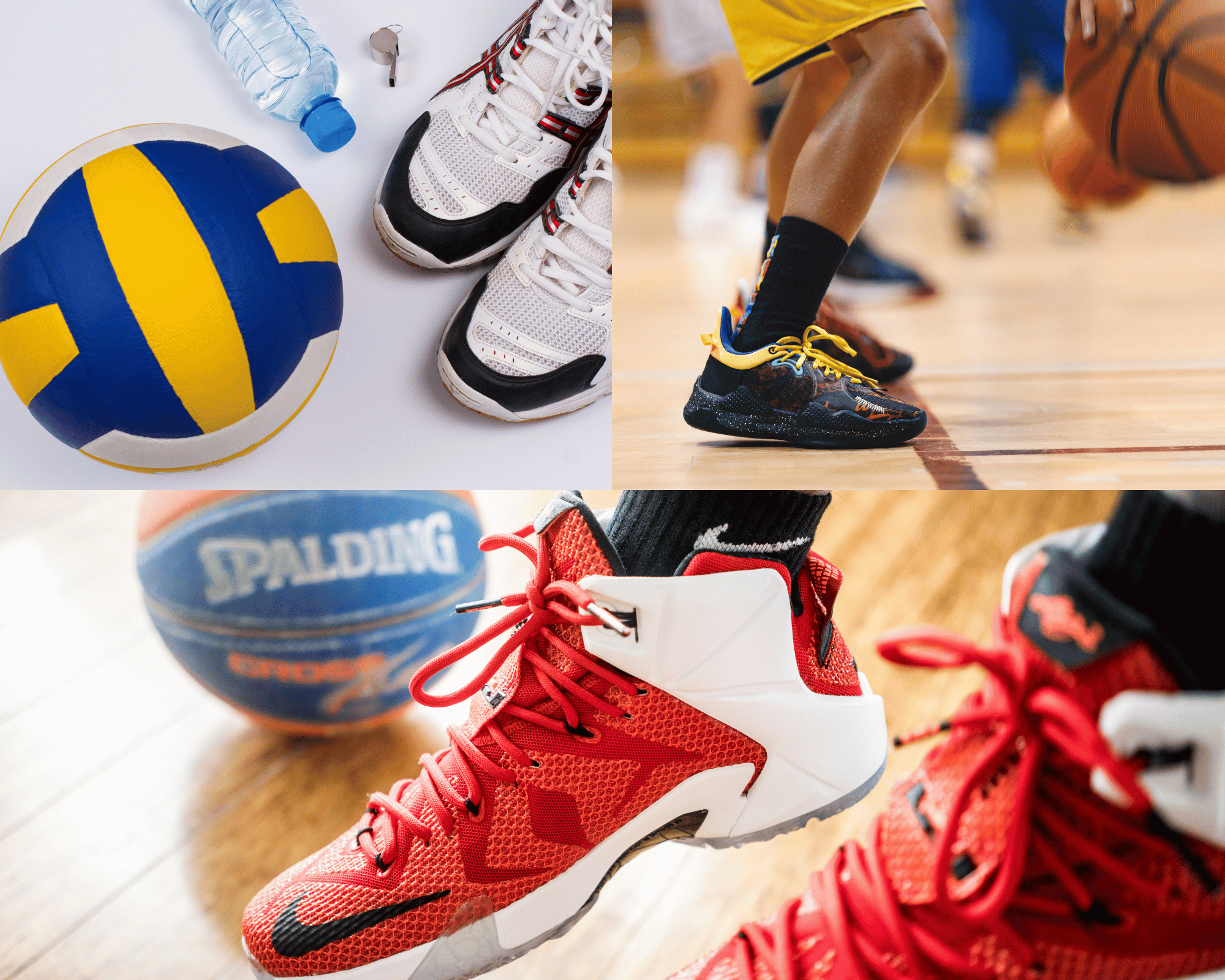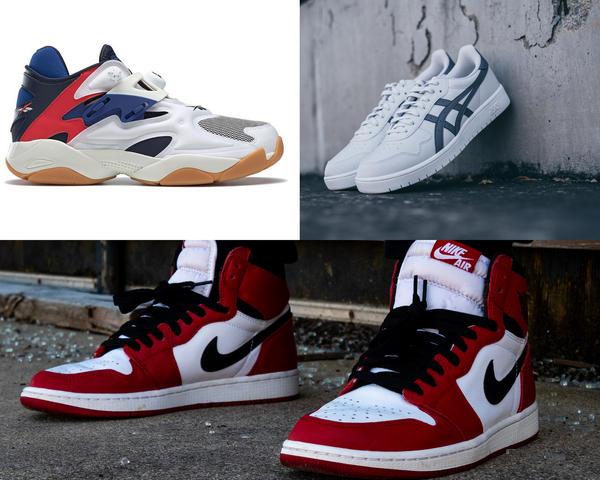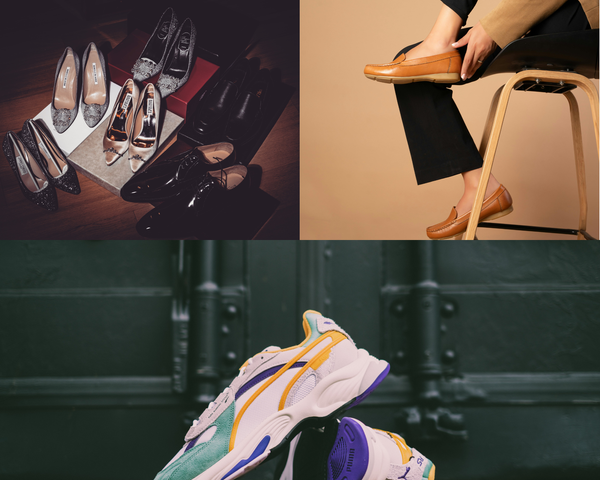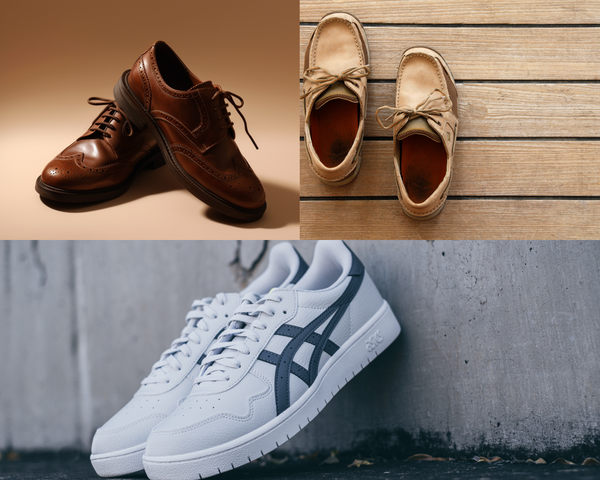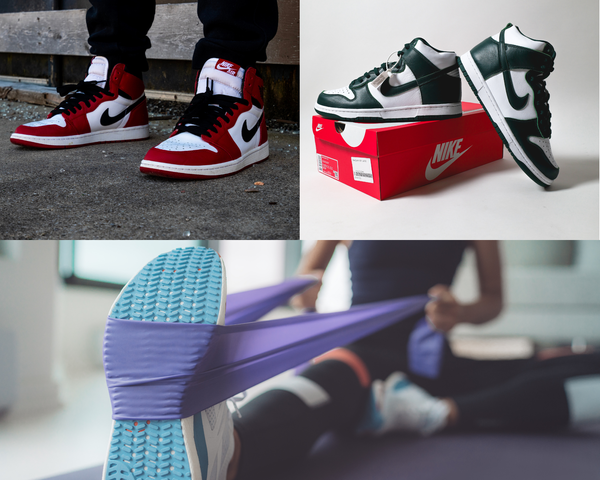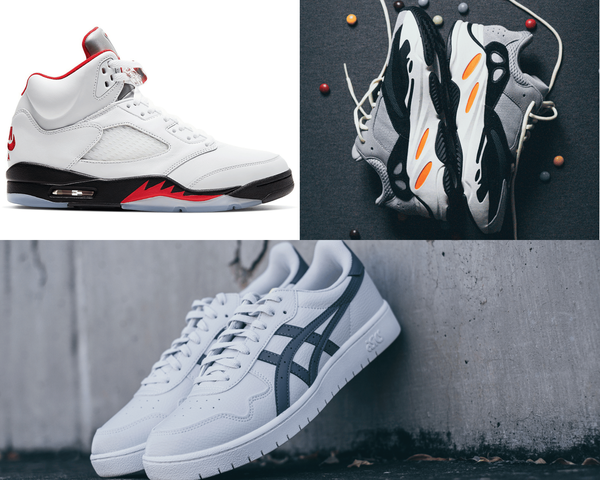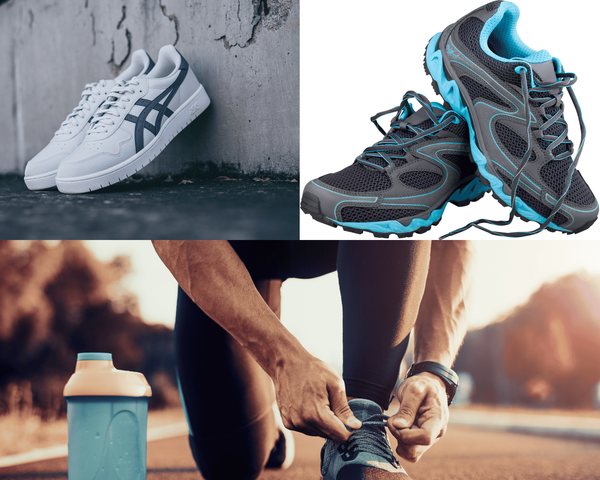Choosing the right shoes for volleyball can significantly impact your performance and comfort on the court. Whether you're a seasoned pro or just starting out, the right footwear can elevate your game and protect you from injury. This guide will walk you through everything you need to know to pick the perfect pair of volleyball shoes.
Key Takeaways:
- Understand the Importance of Sole Grip and Cushioning: These factors are crucial for quick movements and jumps.
- Consider the Material and Build of the Shoes: Durability and breathability are key for comfort and long-term use.
- Fit and Support Are Essential: Properly fitting shoes provide the necessary support for lateral movements and prevent injuries.
The Role of Sole Grip in Volleyball Shoes
The sole of a volleyball shoe is where the rubber meets the court, quite literally. A good grip is essential for the quick, sharp movements that volleyball demands. Look for shoes with a gum rubber sole, which provides superior traction on the glossy surface of a volleyball court without leaving marks.
Importance of Cushioning
Cushioning in volleyball shoes is not just about comfort; it's about protecting your joints. The constant jumping and quick directional changes in volleyball can be taxing on your knees and ankles. Shoes with adequate cushioning absorb the shock during high-impact movements, reducing the risk of injury.
Choosing the Right Material
When it comes to the material of volleyball shoes, breathability and durability take center stage. Mesh uppers are a popular choice because they allow for air circulation, keeping your feet cool during intense matches. Synthetic overlays can add support and durability to the shoes without sacrificing flexibility.
Assessing Shoe Build Quality
The build quality of your volleyball shoes can affect both their performance and lifespan. Reinforced stitching, high-quality materials, and solid construction are indicators of a shoe that will stand up to the rigors of regular play. Investing in well-constructed shoes can mean better performance on the court and fewer replacements in the long run.
The Importance of Fit adidas basketball shoes
A good fit is crucial in volleyball shoes. Too tight, and you risk blisters and circulation problems; too loose, and you lose vital support and responsiveness. Aim for a snug fit that allows for a bit of movement in the toe area. Make sure there's about a thumb's width between your longest toe and the end of the shoe.
Support Features in Volleyball Shoes volleyball shoe
Lateral support in volleyball shoes is vital due to the nature of the sport, which involves a lot of side-to-side movement. Look for features like a reinforced side panel or technologies that lock the foot in place to provide stability and prevent injuries.
How to Choose the Best Basketball Shoes for Volleyball
While basketball and volleyball shoes may look similar, find basketball shoes choosing a basketball shoe for volleyball can work if you consider certain aspects. Basketball shoes often offer excellent cushioning and support, which are beneficial for volleyball. However, ensure they also provide good lateral stability and grip suitable for a volleyball court.
Tips for Breaking in Basketball Shoes for Volleyball
Breaking in your basketball shoes for volleyball is crucial for comfort and performance. Start by wearing them during light activities or around the house. Gradually increase the time you spend in them to allow the material to mold to the shape of your feet, playing volleyball reducing the risk of blisters when you finally hit the court.
Maintaining Basketball Shoes for Volleyball
To extend the life of your basketball shoes used for volleyball, proper maintenance is key. Clean the soles regularly to maintain grip, ankle support, and use a soft brush or cloth to remove dirt and sweat from the upper. Allow them to air dry away from direct heat sources after each use to prevent material breakdown.
When to Replace Your Volleyball Shoes
Knowing when to replace your volleyball shoes is crucial for maintaining performance and preventing injury. Signs of wear like smoothed-out soles, volleyball players asics volleyball shoes, basketball shoes tend weakened grip, ,playing basketball, or discomfort are indicators that it's time for a new pair. Typically, replacing your volleyball shoes every season or after about 80-100 hours of play is recommended.
Customizing Fit for Optimal Performance
Sometimes, even the best shoes need a little tweaking to fit perfectly. Consider using custom orthotics or different lacing techniques to improve the fit of your volleyball shoes. This can enhance comfort, support, good basketball shoes, signature shoes nike lebron and overall performance on the court.
The Impact of Shoe Weight best basketball shoes for volleyball how to guides
The weight of your volleyball shoes can influence your agility and stamina. Lightweight shoes can help you move more quickly and reduce fatigue, wearing basketball shoes, but they shouldn't sacrifice cushioning or support. Find a balance that suits your playing style and physical needs.
Choosing Shoes for Different Court Surfaces
Different court surfaces can require different types of shoes. While most indoor volleyball courts use a standard material where typical volleyball shoes suffice, playing on unconventional surfaces like concrete may require shoes with extra durability and enhanced cushioning.
How to Test Volleyball Shoes Before Purchase
Before finalizing your purchase, test the volleyball shoes if possible. Walk around in them, jump, and make quick turns to see how they handle the movements specific to volleyball. This can help you feel whether the grip, volleyball court, best basketball shoes, best adidas basketball shoes, wear basketball shoes basketball and volleyball shoes, cushioning, and support meet your needs.
Summary
Choosing the right volleyball shoes involves considering factors like sole grip, cushioning, material, fit, and support. Whether opting for traditional volleyball shoes or adapting basketball shoes for the sport, ensuring they meet the demands of volleyball movements and court surfaces is essential for peak performance and injury prevention.
FAQ
Q: How often should I replace my volleyball shoes?
A: Replace your volleyball shoes approximately every season or after about 80-100 hours of play, especially if you notice signs of wear or decreased performance.
Q: Can I use running shoes for volleyball?
A: It's not recommended to use running shoes for volleyball as they lack the necessary lateral support and sole grip needed for the sport's specific movements.
Q: What's the best way to break in new volleyball shoes?
A: Gradually increase wearing time by starting with light activities and progressing to more intense use. This helps the shoes conform to your feet and reduces the risk of discomfort during games.
